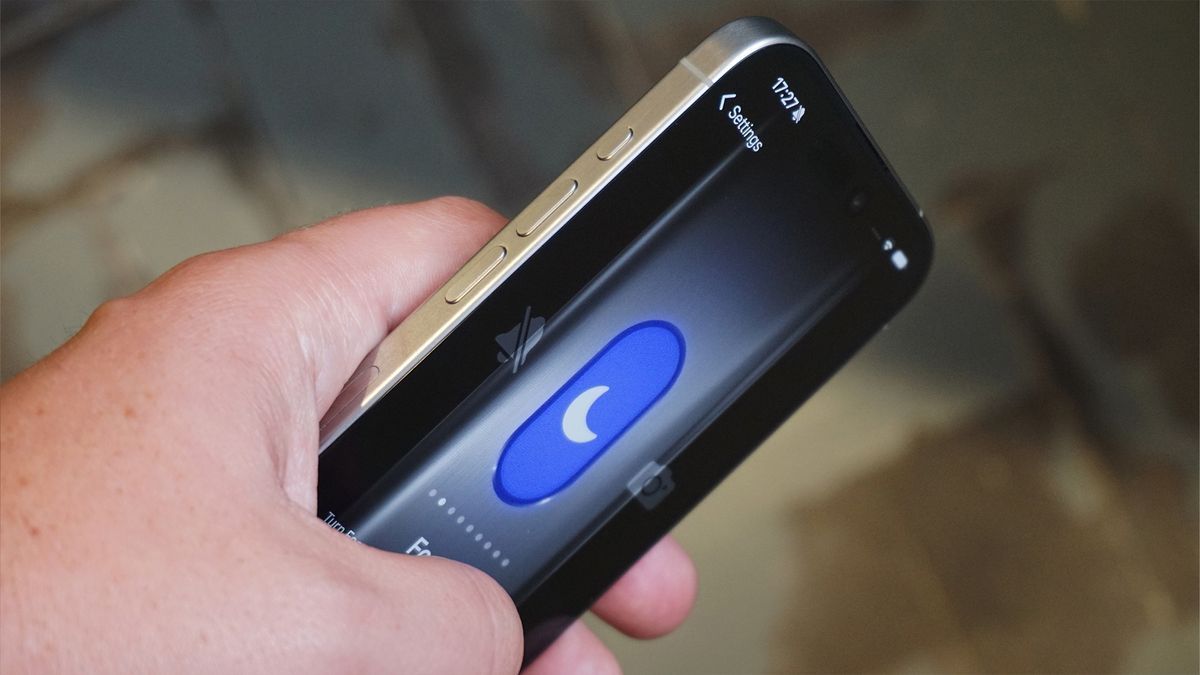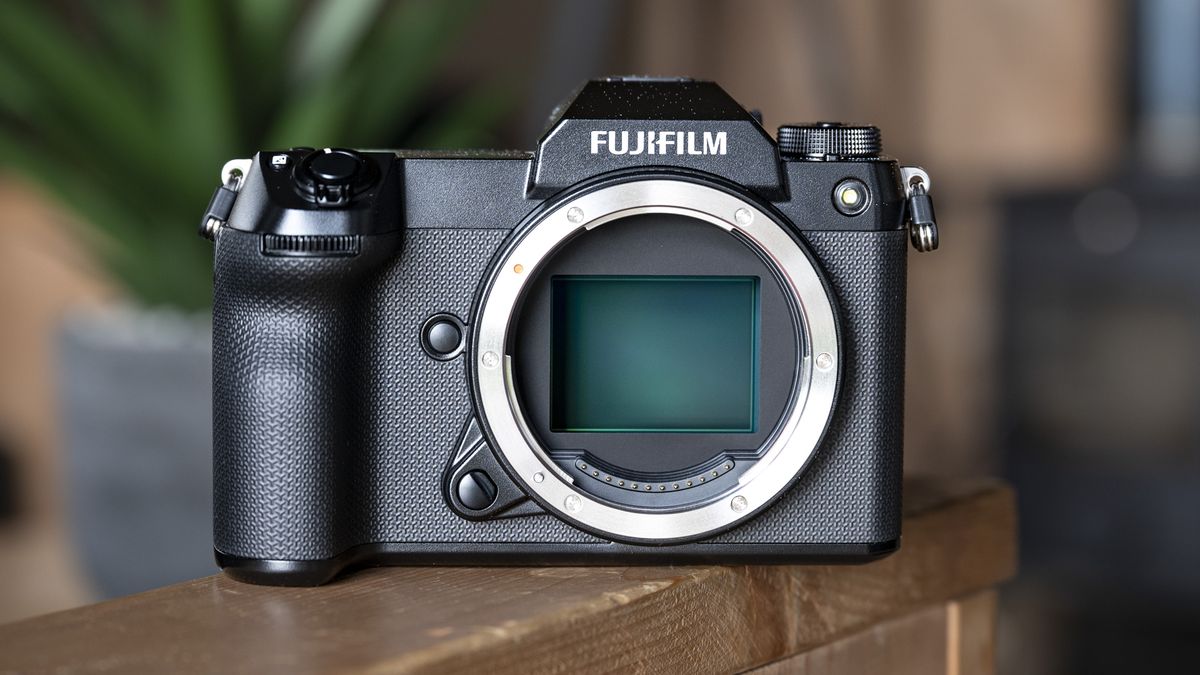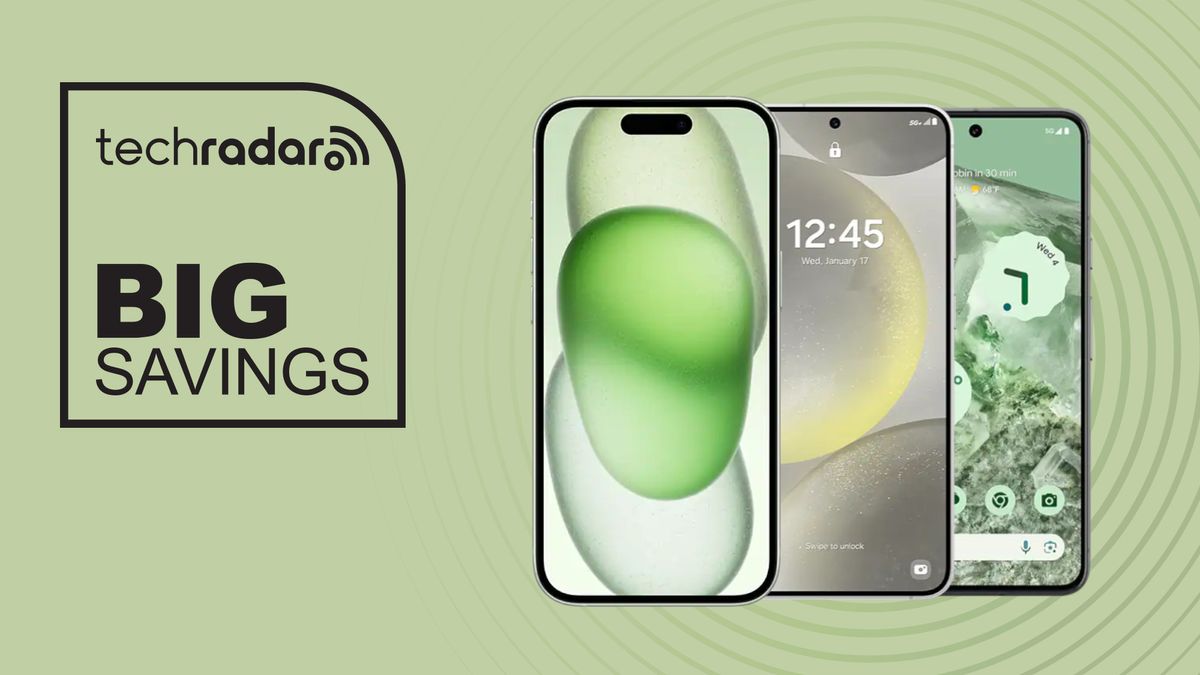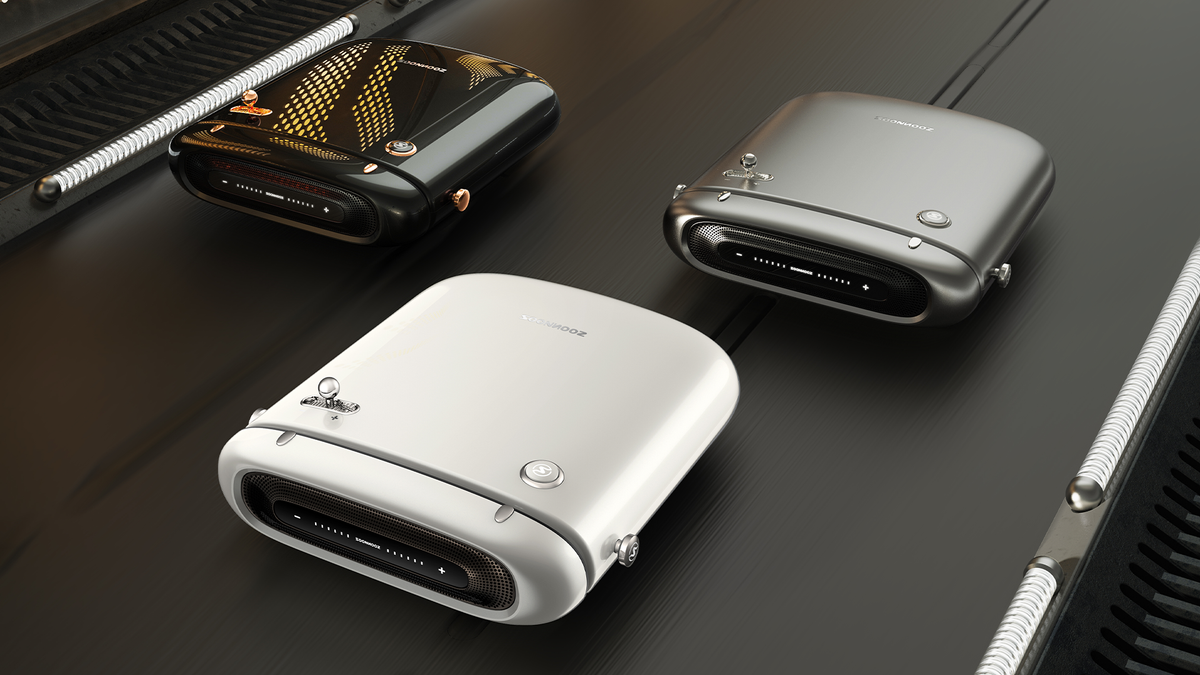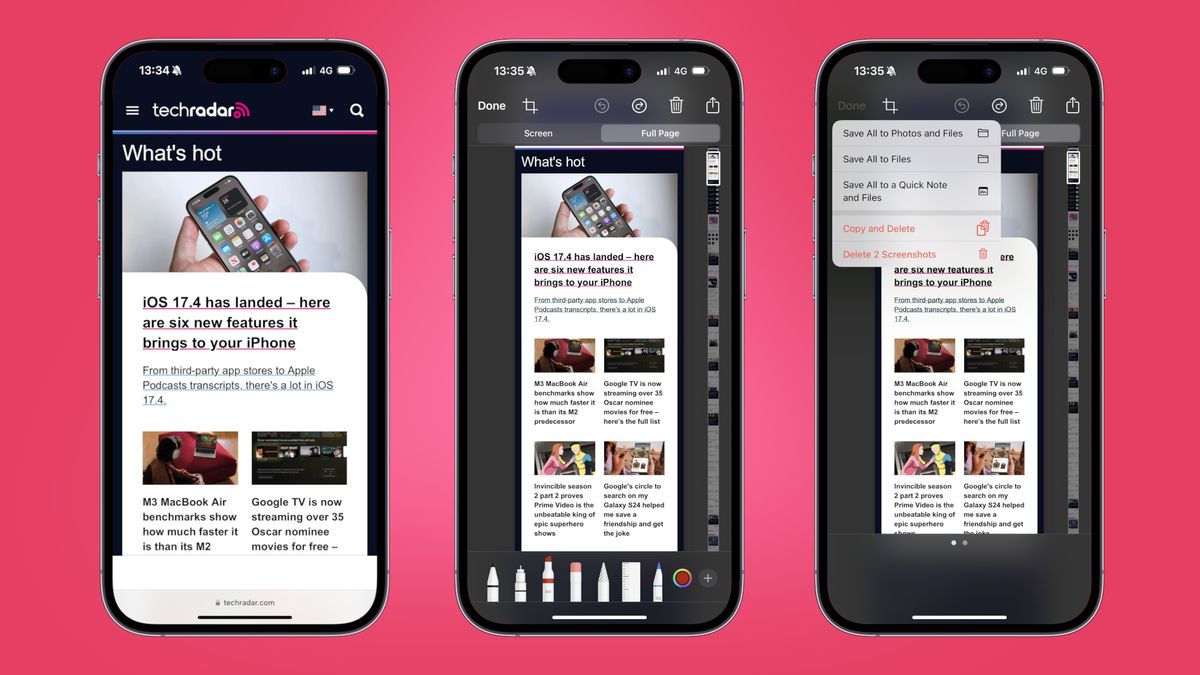When Apple announced the iPhone 15 Pro and iPhone 15 Pro Max last year, I was surprised by the so-called action button. While I like that the smart folks at Cupertino have incorporated more… ahem, action into a somewhat redundant mute slider, I wasn't as sold on the button's limitations; After all, you could already use the volume buttons on previous iPhones to trigger the camera app's shutter.
But as I used the iPhone 15 Pro Max more, praising the virtues of titanium and the iPhone's near-perfect overall experience, I started to really love the action button.
I have it set to activate the “flashlight” option in iOS, aka camera flash, and it's surprisingly useful, especially on a Max phone. Previously you had to swipe across the top of the phone to get the drop-down menu and then tap the torch icon; If my hands are wet (no, I don't, I live in rainy London), it wasn't always easy.
So the action button became a real help in my life; that might be a sad reflection of my existence, but never mind.
However, as a tech journalist (or any journalist in general), I often find myself meditating in quiet moments or during the commute to work. And today's meditation, combined with machinations over the Action button, triggered an unexpected thought.
I miss the squeezable sides of previous Google Pixel phones.
First introduced with the Pixel 2 phones, Google equipped its phones with sides that activated the Google Assistant via a short, sharp squeeze. I’m not exactly sure how it worked (there was something about strain gauges), but it was an effective way to wake up Google’s smarter version of Siri without barking out the occasionally clunky “okay Google” wake-up phrase.
What might have seemed like a superfluous feature became oddly useful and second nature. It also introduced a level of freshness and a little innovation to Pixel phones that I felt was missing from a lot of phones at the time.
Unfortunately, the squeezable sides of the Pixel phones only lasted a few generations, going the way of the dodo when the Google Pixel 5 arrived, and the search giant took a different approach to phone design (less is more) before settling on for the Pixel aesthetic and the focus on AI that debuted with the Pixel 6.
desire to touch
Do I need flexible sides to get back into the smartphone world? Not really.
But while the best phones lean toward AI integration and smart features that hover somewhere between a gimmick and proper intelligence, this is all happening on the software side — except in the case of AI-focused chipsets. However, I think there’s still room to be innovative and creative with phone hardware beyond just making the display flexible, as we see in the best foldable phones.
I expect the rumored iPhone 16 line to be largely an evolution of current Apple phones. But I'd love for Apple to take inspiration from some of the quirkier phones of the past and introduce some new physical features or make the Action button even more functional, at the very least.
With all the AI technology, I would love to see phones make better use of haptics, accelerometers and other touch points to allow me to do more with a smartphone without necessarily looking and touching a specific app or function.
Looking back at previous phones, I think Google is the type of company that introduces new hardware features and then Apple is the one that refines them down to the last detail.
The first teaser for the Google Pixel 9 Pro doesn't suggest a big design change is coming, but I hope the search giant has put something special under its hardware to excite and delight me and inject some creativity into the best Android phones; Hopefully we'll see it pretty soon.

